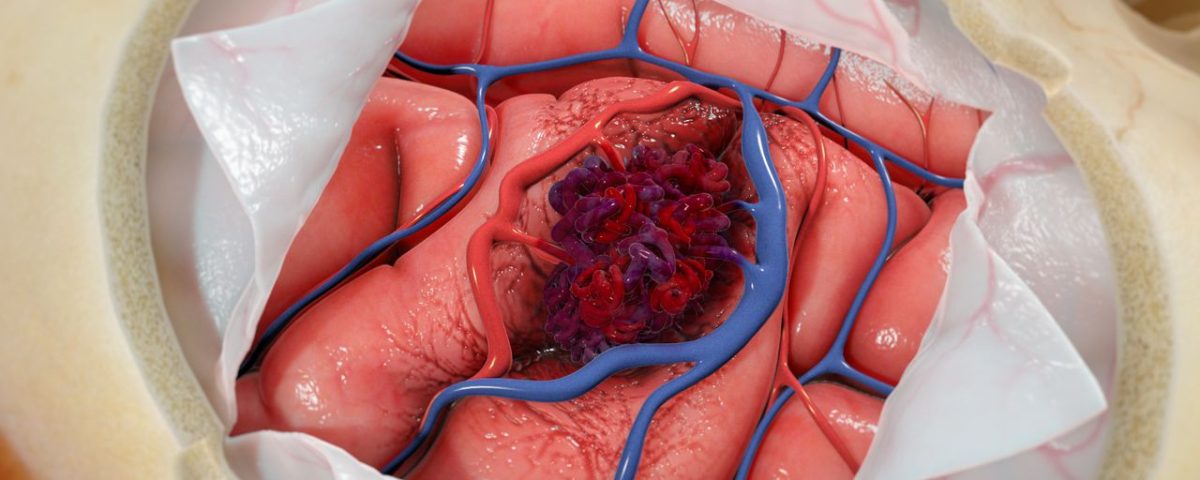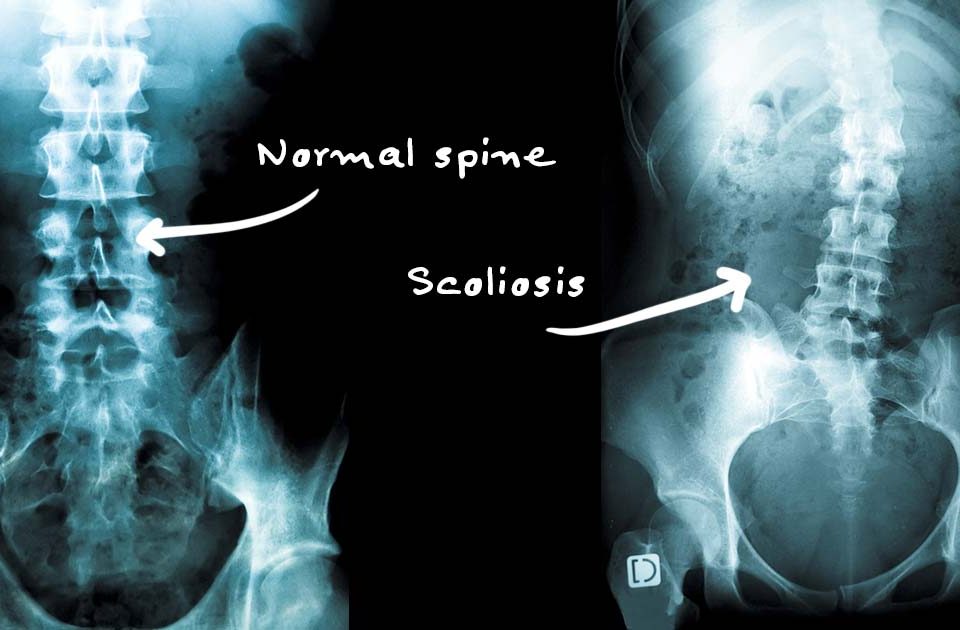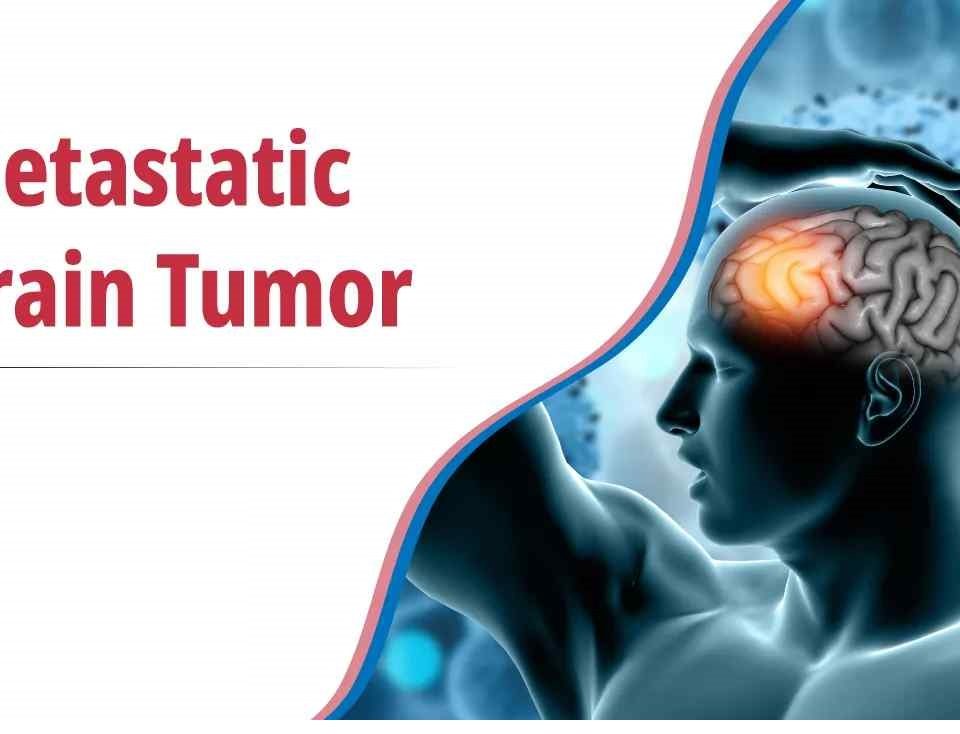Understanding Arteriovenous Malformation in the Brain
Understanding Arteriovenous Malformation in the Brain

Understanding Arteriovenous Malformation in the Brain Diagnosis, Signs, Symptoms, and Treatment Modalities
Arteriovenous malformation in the brain is a rare and potentially serious condition where arteries and veins in the brain are abnormally connected leading to a tangled web of blood vessels. This abnormality disrupts the normal blood flow in the brain and can result in various health complications if left untreated
Diagnosing Arteriovenous Malformation in the Brain
Diagnosing ARTERIOVENOUS MALFORMATION in the brain can be challenging due to the variability of symptoms depending on the location and size of the malformation. However common signs and symptoms that may indicate the presence of ARTERIOVENOUS MALFORMATION include
Headaches
Seizures
Weakness or numbness in the limbs
Vision problems
Difficulty speaking or understanding language
If someone experiences any of these symptoms, especially if they are recurrent or severe, they should seek medical attention for further evaluation. Diagnosing ARTERIOVENOUS MALFORMATION typically involves a combination of imaging tests such as magnet resinance or computerized scans or cerebral angiography to visualize the abnormal blood vessels in the brain
Signs and Symptoms of ARTERIOVENOUS MALFORMATION in the Brain
The signs and symptoms of ARTERIOVENOUS MALFORMATION in the brain can vary widely depending on the location and size of the malformation
Some individuals may experience no symptoms at all while others may have severe neurological deficits. Common signs and symptoms include
Headaches Often described as severe and persistent
Seizures Sudden unprovoked seizures may occur in individuals with ARTERIOVENOUS MALFORMATION
-Weakness or numbness in the limbs
ARTERIOVENOUS MALFORMATION can disrupt normal brain function leading to weakness or numbness in the arms, legs, or face
Vision problems ARTERIOVENOUS MALFORMATION located near the visual cortex can cause vision problems or even blindness
Difficulty speaking or understanding language ARTERIOVENOUS MALFORMATION in specific areas of the brain can affect language function, leading to difficulties in speech and comprehension
Treatment Modalities for ARTERIOVENOUS MALFORMATION in the Brain
The treatment of ARTERIOVENOUS MALFORMATION in the brain aims to prevent complications
such as hemorrhage and neurological deficits. Treatment modalities for ARTERIOVENOUS MALFORMATION may include
Surgery
Surgical removal of the ARTERIOVENOUS MALFORMATION may be recommended for smaller accessible malformations.
Embolization
This procedure involves injecting a substance to block the abnormal blood vessels reducing blood flow to the ARTERIOVENOUS MALFORMATION.
Stereotactic Radiosurgery
High doses of radiation are used to target and shrink the ARTERIOVENOUS MALFORMATION over time
The choice of treatment depends on various factors such as the size and location of the ARTERIOVENOUS MALFORMATION the patient’s overall health and the risk of complications
Early diagnosis and timely intervention are crucial in managing ARTERIOVENOUS MALFORMATION in the brain and improving outcomes
In conclusion ARTERIOVENOUS MALFORMATION in the brain is a rare condition that requires careful diagnosis and appropriate treatment to prevent serious complications
Understanding the signs and symptoms of ARTERIOVENOUS MALFORMATION
along with the available treatment modalities is essential for healthcare providers and individuals affected by this condition
If you suspect you or someone you know may have ARTERIOVENOUS MALFORMATION in the brain seek medical attention promptly for proper evaluation and management



